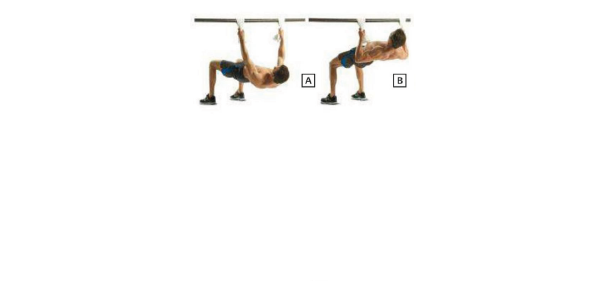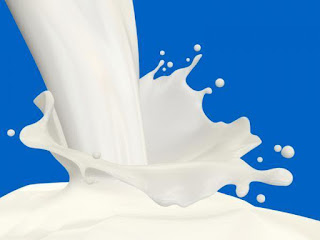Clinical deficiency can cause anaemia or nervous system damage. Most vegans consume enough B12 to avoid clinical deficiency. Two subgroups of vegans are at particular risk of B12 deficiency: long-term vegans who avoid common fortified foods (such as raw food vegans or macrobiotic vegans) and breastfed infants of vegan mothers whose own intake of B12 is low.
In adults typical deficiency symptoms include loss of energy, tingling, numbness, reduced sensitivity to pain or pressure, blurred vision, abnormal gait, sore tongue, poor memory, confusion, hallucinations and personality changes. Often these symptoms develop gradually over several months to a year before being recognised as being due to B12 deficiency and they are usually reversible on administration of B12. There is however no entirely consistent and reliable set of symptoms and there are cases of permanent damage in adults from B12 deficiency. If you suspect a problem then get a skilled diagnosis from a medical practitioner as each of these symptoms can also be caused by problems other than B12 deficiency.
Infants typically show more rapid onset of symptoms than adults. B12 deficiency may lead to loss of energy and appetite and failure to thrive. If not promptly corrected this can progress to coma or death. Again there is no entirely consistent pattern of symptoms. Infants are more vulnerable to permanent damage than adults. Some make a full recovery, but others show retarded development.
The risk to these groups alone is reason enough to call on all vegans to give a consistent message as to the importance of B12 and to set a positive example. Every case of B12 deficiency in a vegan infant or an ill informed adult is a tragedy and brings veganism into disrepute.




















